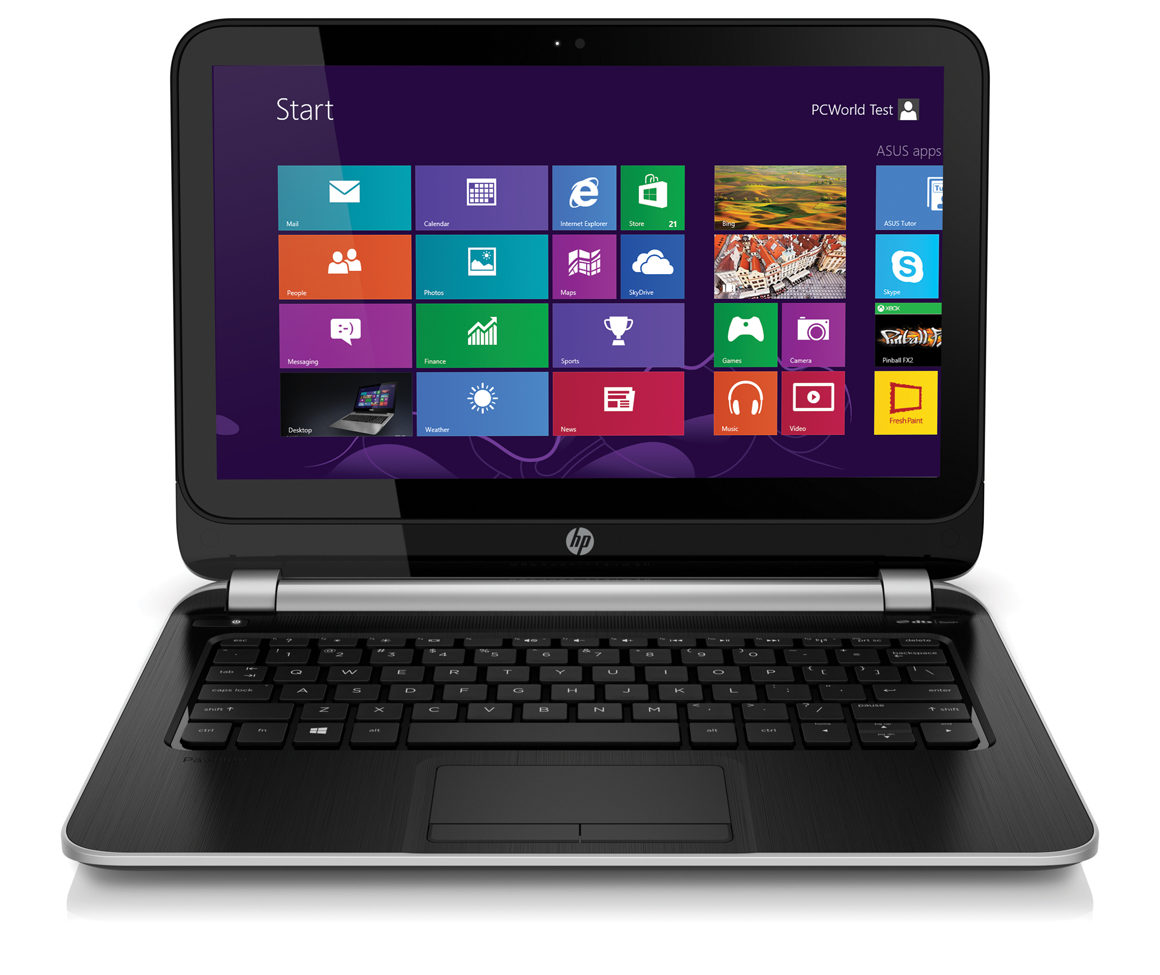
Remember, we will be restoring Windows 10 to the new laptop, and a fully updated copy of Windows is more likely to work seamlessly with the new hardware. Even though this step is not an absolute requirement, it may help the process go smoothly. The first thing that I recommend doing is to install any available Windows updates onto your existing laptop. A way to access the installation media (I used a USB Blu-ray drive).Windows 10 (and optionally Windows 11) installation media.A portable hard disk to act as backup media.To perform the type of migration that I used, there are a few things that you are going to need: As you can see, the general process is really straightforward, but the devil is in the details, so I want to show you a few things to watch out for. Of course, this caused Windows 10 to be installed onto the new laptop, so at that point, I simply performed an in-place upgrade to Windows 11. The basic process that I used to complete the migration was to back up my Windows 10 laptop and restore the backup to a new laptop running Windows 11. Migrating to Windows 11 laptop: An overview of the process The method I used isn’t the only way to get the job done (and it may not even be the easiest), but I wanted to share it with you because it worked for me. In this article, I want to share with you the procedure that I used to migrate the contents of my old laptop to a brand-new Windows 11 laptop.


In doing so, however, it’s important to consider how you will transfer all of your files, settings, and applications from your old laptop to the new one. Soon after Windows 11 was announced, many people discovered that if they wanted to use Windows 11 they were going to have to purchase a new laptop.


 0 kommentar(er)
0 kommentar(er)
